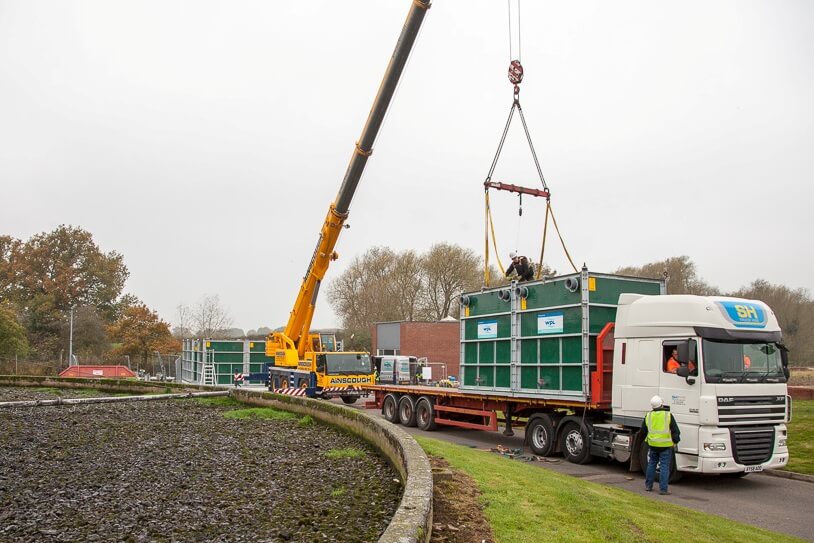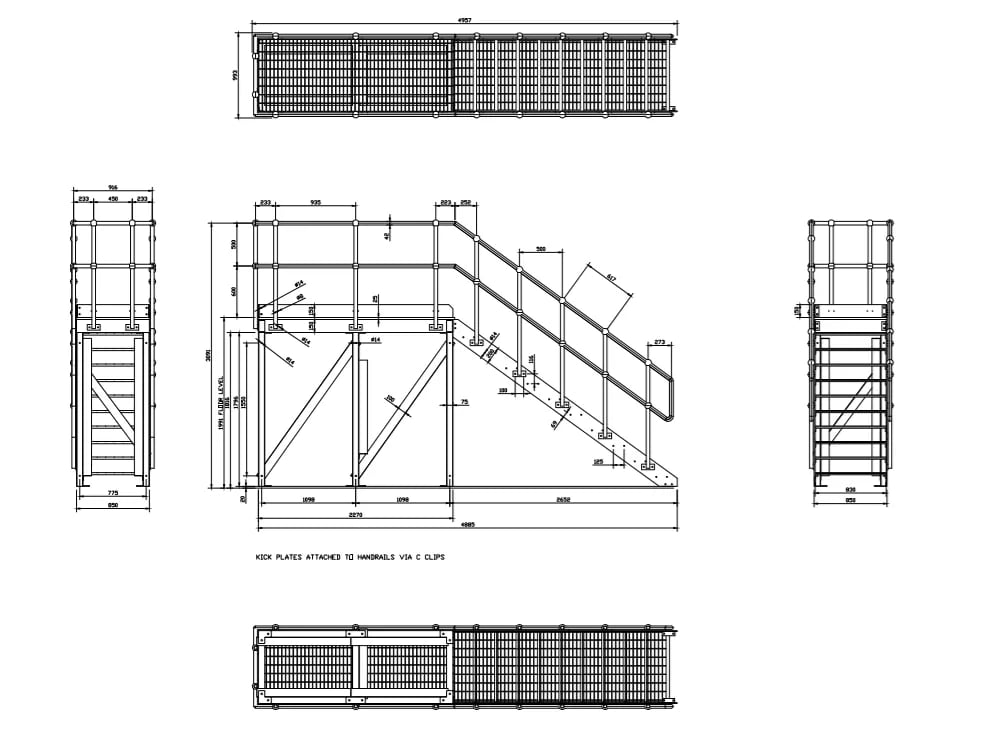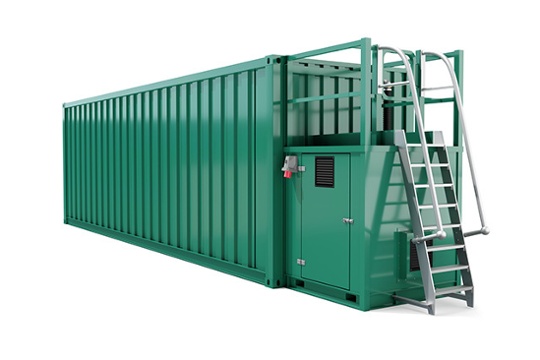The patented WCSEE Hybrid™ biological treatment process technology employs a submerged moving-bed, fixed-film reactor which treats wastewater with greater energy efficiency than traditional submerged aerated filters (SAFs), in a tighter site footprint whilst meeting environmental compliance.

Enhanced hydraulics for high-rate processing
Site footprint 30% smaller than comparable technologies
Up to 65% energy saving - built in energy saving timer for the blower(s)*
*based on site specification
Optimising new or existing vessels of any shape and size
Scalable to accommodate growing populations
Modular off-site build overcome site restrictions and installation time
Containment vessel options - steel, concrete and GRP
Can achieve <0.4mg/l ammonia discharge
Remove phosphorus (P) with additional equipment
Can also be configured to provide anoxic conditions for Total ‘N’
Meets high treatment standards for biochemical oxygen demand (BOD), ammonia, and soluble chemical oxygen demand (COD)
No mechanical or electrical moving parts within the cells
No need to desludge the tanks or drain/remove the media during maintenance
High-level access not required for internal maintenance
Does not require additional equipment or adaptation to scour
Cells can be removed, repaired and reinstalled individually without impacting on the process and discharge standard
Patented process technology
Standardised and custom-built options
Modular cells can either operate as individual treatment plants or connected in series to form larger plants.
Can redeploy elsewhere if existing installation becomes redundant before end-of-life
Factory fitted control kiosks with blowers, panels and optional telemetry equipment
Variable speed drive blowers can deliver 50-100% of design requirements
Above or below ground installations
UK manufacture in a quality-controlled environment
The patented WCSEE Hybrid™ process cells offer the benefit that they can easily be retrofit into any onsite existing vessel, regardless of shape or size. This saves on infrastructure costs, minimises disruptions, reduces waste and optimises site footprint. Modular containment vessels come in various materials like GRP (above and below ground), GRP with exoskeleton, steel, stainless steel and concrete.
Scroll through examples below
Flexible Hybrid-16 units are scalable to accommodate population growth
Units can be redeployed if existing site installation becomes redundant before end-of-life
Hire and Trial T3HP (Hybrid™ process technology) units maintain high environmental standards
Repurpose of an aging RBC tank using the Hybrid™ process technology
Higher process treatment capacity is achieved within each vessel, reducing the physical footprint, which in turn optimises energy per m³ treated
The slow-moving media bed and hydraulic design ensure that the suspended solids that normally settle out are carried up and through the process to be captured in the final clarification stage
The hydraulic design ensures even and constant flows of nutrients and oxygen over the high specific surface area media, even during peak and low flow situations, providing ideal conditions for biological growth and treatment
There is no need for high-level access or lids for internal maintenance, however access can be requested to view the wastewater treatment process.

WCSEE enhanced 310m ²/m³ neutral buoyancy (NB) plastic filter media is specifically designed for use with our patented Hybrid™ wastewater treatment technology.
The NB Media supports the maximum surface area for the growth of bacteria in the filter bed whilst enabling the flow of water.
Power consumption and footprint
Does not require a scour cycle
Up to 65% reduced power consumption with the use of blower timer(s)
Less media is required in the Hybrid reducing footprint
310m ²/m³ absolute active surface area
High loading rates
Greater contact time with the effluent due to rotational flow
High protected surface for Biochemical Oxygen Demand , Nitrification and Denitrification
Greater protection - very slow media movement
Reduces abrasion associated with collision
Significantly reduces dead spots
Greater protection for exposed surfaces due to offset fins
Designed to be installed for the life span of the plant

Hire
New build
Repurpose
Refurbishment
Media can be sold loose
Manufactured in the UK

With nutrient neutrality requirements being enforced at off-mains properties in areas of England, homeowners need to ...
Why managing variable loads matters If you have an off mains wastewater treatment system operating at a hospitality, ...
Trade effluents are liquid waste streams discharged into public sewers from businesses and industrial processes. Their ...
Connect with WCS Environmental Engineering Safe Efficient Compliance
WCS Group is a trading name for WCS Environmental Ltd, registered in England and Wales (Number 02184649) at 20 Grosvenor Place, London, SW1X 7HN. Head Office – 17 Wheatstone Court, Waterwells Business Park, Gloucester, GL2 2AQ. WCS Group is a Marlowe Critical Services Company owned by Marlowe plc. 2025© WCS Environmental Ltd.